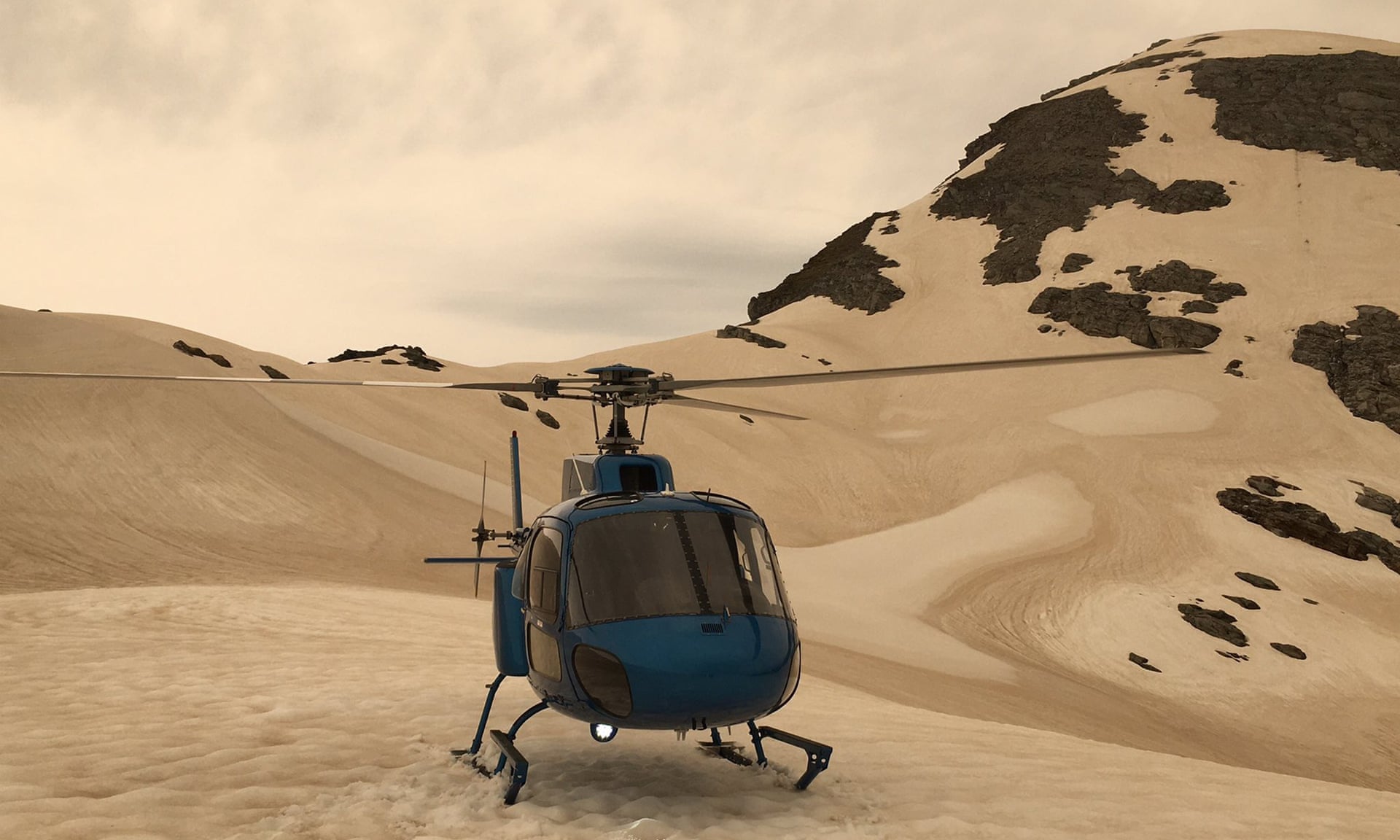Remote consequences of Australian bush fires
Sentinel-2 MSI acquired on 07 January 2019 at 22:37:01 UTC
Sentinel-5P TROPOMI AER_AI acquired on 01 January 2020 from 03:16:03 to 03:21:03 UTC
...
Sentinel-3 SLSTR RBT acquired on 05 January 2020 from 23:14:55 to 23:17:55 UTC
Sentinel-5P TROPOMI AER_AI acquired on 01 January 2020 from 03:16:03 to 03:21:03 UTC
...
Sentinel-3 SLSTR RBT acquired on 05 January 2020 from 23:14:55 to 23:17:55 UTC
Keyword(s): Cryosphere, atmosphere, glacier, mountain range, land, wildfire, bushfire, natural disaster, climate change, global warming, ice melt, Australia, New Zealand, Chile, Argentina
These catastrophic bushfires have burnt over 100 000 km² and killed most animals of the affected regions, endangering biodiversity. In her article published in The Guardian on 02 January 2020, Eleanor Ainge Roy revealed: "Snow and glaciers in New Zealand have turned brown after being exposed to dust from the Australian bushfires, with one expert saying the incident could increase glacier melt this season by as much as 30%.
On Wednesday many parts of the South Island woke up to an orange haze and red sun, after smoke from the Victorian and New South Wales blazes drifted east on Tuesday night, smothering many parts of the island for most of the day."
"On Thursday, pictures taken from the Southern Alps showed the smoke haze carrying particles of dust had tinged snow-capped mountain peaks and glaciers a shade of caramel, with former prime minister Helen Clark expressing concern for the long-lasting environmental impacts on the mountains."
"There are more than 3000 glaciers in New Zealand and since the 1970s scientists have recorded them shrinking by nearly a third, with current estimates predicting they will disappear entirely by the end of the century.
Professor Andrew Mackintosh is head of the school of earth, atmosphere and environment at Monash University, and the former director of the Antarctic Research Centre."

View from the top of the Tasman Glacier New Zealand on 01.01.2020, the whole South island was experiencing bushfire clouds, the burning could be smelled in Christchurch - Source: Miss Roho.
"He said in nearly two decades of studying glaciers in New Zealand he had never seen such a quantity of dust transported across the Tasman, and the current event had the potential to increase this season’s glacier melt by 20-30%, although Mackintosh stressed this was no more than an estimate."
"'It is quite common for dust to be transported to New Zealand glaciers, but I would say that the amount of transport right now is pretty phenomenal – I don’t think I’ve ever seen anything like it,' Mackintosh said.'It is concerning to me to see so much material being deposited on the glaciers.'"


Left: Glaciers in New Zealand have been tinged by bushfire ash blown across from Australia - Source: @Rachelhatesit
Right: NZ’s glaciers have tuned pink thanks to Australia - Source: Liz Carlson
"Mackintosh said the whiteness of snow and ice reflected the sun’s heat, and slowed melting. But when this whiteness was obscured the glacier could melt at a faster rate.
The higher glaciers around Mount Cook could likely get more snowfall soon, Mackintosh said, but the lower glaciers may not get another dump till March, and the dust would sit there until then, likely turning pink when algae began to grow."
"The impacts of the dust event would likely last no longer than a year, Mackintosh said, but if Australia continued to be impacted by extreme wildfires and droughts 'it will be one of the factors that is accelerating the demise of glaciers in New Zealand overall'."
"The recent smoke haze drifting over New Zealand is the fourth such event this summer, the Met Service said, and despite no official health warnings being issued, many with asthma said they were choosing to remain indoors during the unusual conditions."













